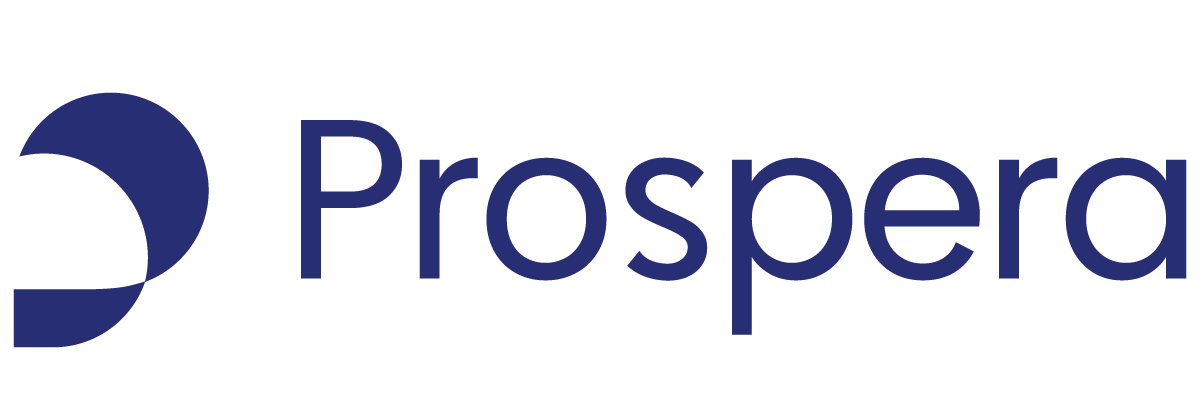The term “wicked problems,” coined by Horst Rittel, a Design Theorist, refers to complex and multi-dimensional problems. Wicked problems became the heart and soul of design thinking development. The current framework for problem-solving was just not enough.
Introducing design thinking: a methodology for solving the most complicated and stifling problems your business encounters.
Design thinking is a creative problem-solving tool that can be applied in a variety of different situations. It is a non-linear pathway that pushes you to get to the root of an issue and come up with creative solutions.
Design thinking has five stages: Empathize, Define, Ideate, Prototype, and Test.
These stages can happen at the same time, out of order, or iterated in any combination.
Empathize
The empathize stage is all about getting to know the users and their needs. This is the stage that makes design thinking human-centric. It involves observing, asking, and learning from your user. You must observe and engage to gain clarity of ill-defined problems.
Define
Define is where you must define the problem. Take all the information you gathered about the user from the previous stage and make an actionable problem statement. This stage makes you narrowly define the problem to generate a high quantity of quality solutions. Think of this as the “sensemaking” stage.
Ideate
Ideate is the stage where you and your team come up with as many ideas as possible. This is a generation stage, not evaluation. To come up with quality ideas, you must allow your creativity to run free – free of judgement.
Prototype
In prototyping, you just pick up materials and start designing. The prototypes should be simple and cheap – fail fast, discover quicker.
Test
Testing involves giving your user multiple prototypes and listen to feedback. This also allows for another empathy opportunity. Watching how the user interacts with the prototype can reveal more about their needs. Test stage could show you that the problem statement is wrong and bring you back to the define stage to better meet your user’s needs.
Design thinking arms you with a method to solving so called wicked problems. These ill-defined, debilitating problems can have detrimental effects on your business. Large companies like IBM, MassMutual, Infosys, Fidelity, and Intuit recognize and utilize design thinking. They see design thinking as a needed jolt to generate innovative ideas. So much so that each company has invested either in-house innovation labs or worked with firms to help them implement design thinking processes.
Design thinking can be utilized in a variety of businesses:
- Apple – In a Big Think interview, Dave Evans discusses how he used design thinking when designing the computer mouse.
- Tesla – Tesla participated in a design thinking innovation project. Elon Musk and his team wanted to make their electric car more suitable for daily life, so they engineered an electric car that would have a more realistic range of 220-310 miles and offered a charging adapter to fit common household outlet.
- Airbnb – Airbnb used design thinking to turn around their failing startup.
The essence behind design thinking is the human-centric method. It combines creativity and user needs to come up with the solution to a problem that was not well defined to begin with.
For example, your company is having a hard time with internal career advancement. There are opportunities for employee development and promotion, but employees are leaving instead of advancing within the company. You assemble a team to investigate (empathize). You observe employees trying to navigate the employee portal and notice it’s not quite as intuitive as your design team had thought. You ask the employees what they’re thinking. They tell you they cannot find any kind of development opportunities or available promotions, so they believe they don’t exist.
You realize the problem to solve is a failing employee portal (define). The investigating team starts brainstorming solutions (ideate). They’ve come up with many ideas, some good, some bad. Then, you recruit the design team and start prototyping. The team members pick up a pen and paper and start designing a user-friendly home screen. After a while, there’s a rudimentary website (prototype). The prototypes are rolled out to the employees (test). Testing reveals that the search function is the most important aspect of the website (empathize and define).
You take this information and completely redesign the employee portal to make it more user-friendly with a superior search function. Employees are then better able to look up job-related training opportunities and there’s a better job board search function. You immediately notice higher retention rates.
You can apply design thinking to all types of problems that arise in the workplace. It is the perfect way to get to the bottom of a problem and come up with ideas that you may not have thought of. This is the power of design thinking. You can unlock your creative problem-solving potential to meet wicked problems with wicked solutions.


